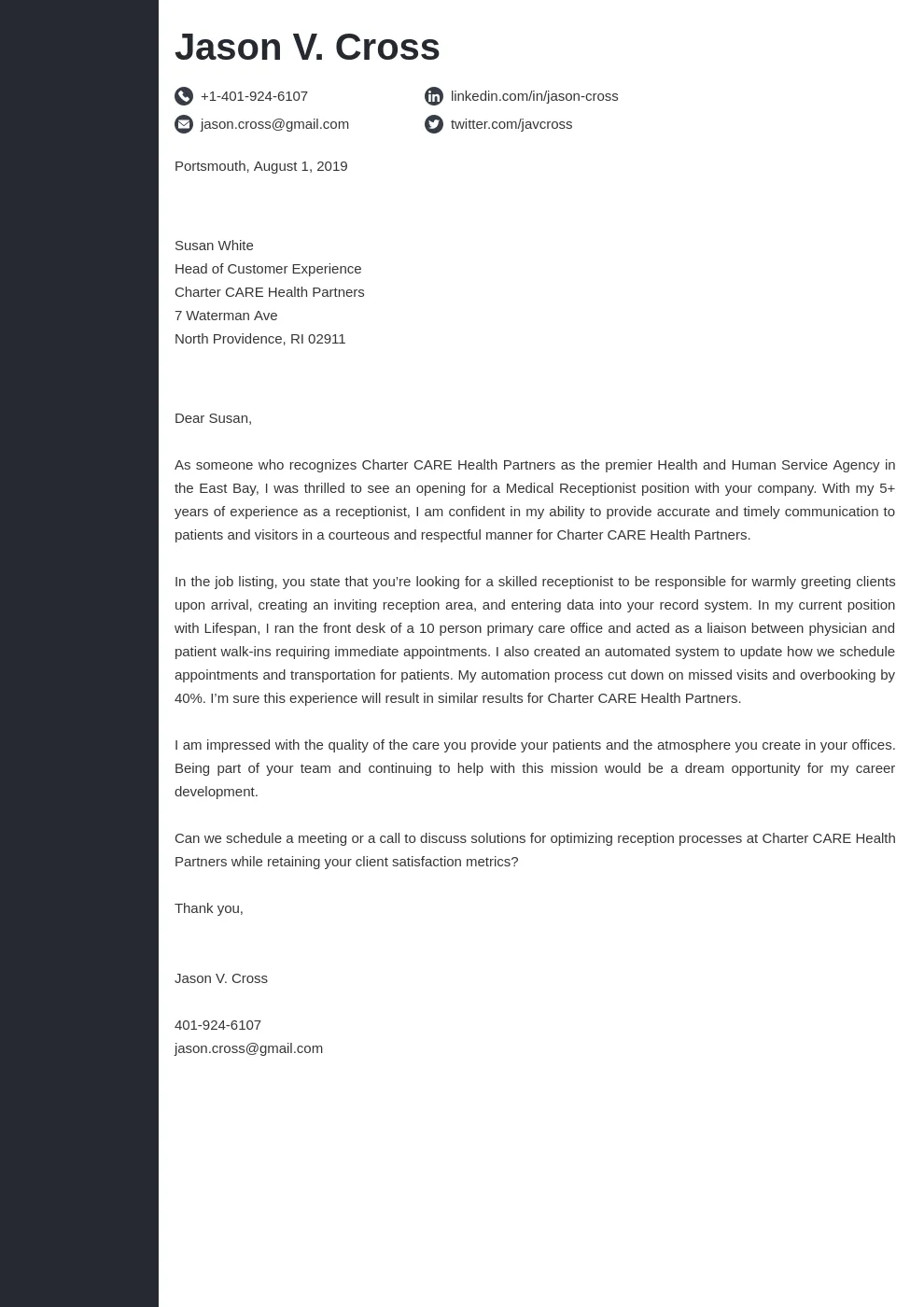Understanding the Importance of Proper Addressing
Your cover letter is your first impression, a crucial opportunity to showcase your professionalism and enthusiasm. One of the most fundamental aspects of crafting a compelling cover letter is knowing who to address it to. Addressing your cover letter correctly isn’t just a matter of etiquette; it’s a strategic move that can significantly impact your chances of landing an interview. A well-addressed cover letter demonstrates that you’ve done your homework, that you are attentive to detail, and that you are genuinely interested in the specific company and role. Failing to address your cover letter properly, or worse, using a generic greeting, can send the wrong message to the hiring manager, potentially leading to your application being overlooked. Taking the time to personalize your cover letter shows that you’re serious about the opportunity and have taken the initiative to go the extra mile.
Why Addressing Matters
Addressing your cover letter correctly communicates respect and professionalism. It shows that you are not just sending out a generic application, but rather, you’ve taken the time to research the company and the specific role you are applying for. When you address your cover letter to a specific person, it immediately makes your application feel more personal and relevant. This personalization is a powerful tool in making a positive first impression on the hiring manager. It’s a subtle yet effective way to stand out from the countless other applicants who may have opted for a generic greeting. Furthermore, addressing your cover letter to the right person can increase the likelihood of it being read and considered. Hiring managers and recruiters are busy people. A well-addressed cover letter signals that you value their time and are serious about the opportunity.
Common Mistakes in Addressing
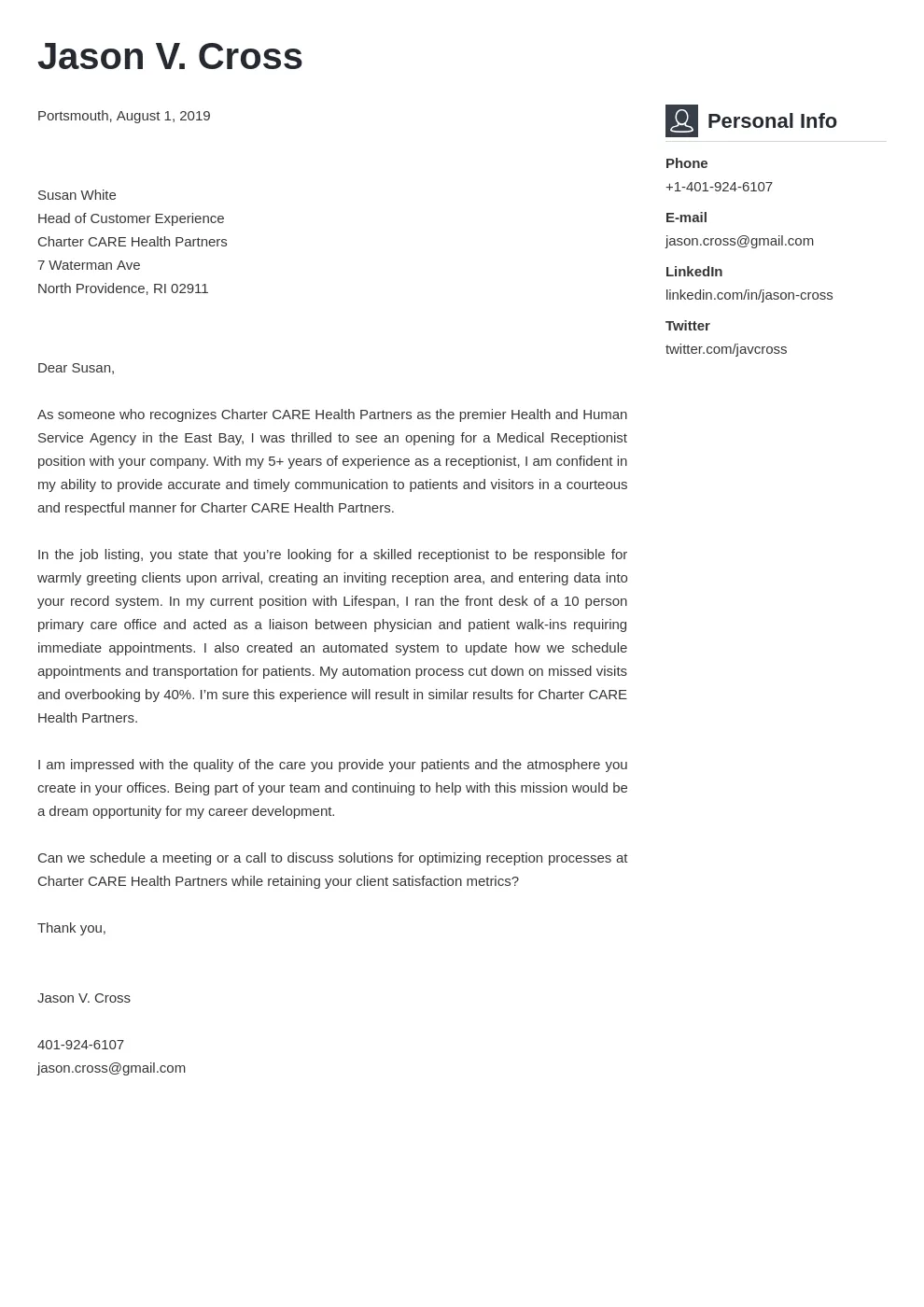
Several common mistakes can undermine the impact of your cover letter. One of the most frequent is using a generic greeting like “To Whom It May Concern.” This approach suggests a lack of effort and personalization, making it seem like you’re sending out a mass application. Another mistake is misspelling the recipient’s name or getting their title wrong. This can be a major turnoff, as it demonstrates a lack of attention to detail. Incorrect titles, such as using “Mr.” for a woman, can also be perceived negatively. Additionally, failing to update your cover letter for each specific role and company is a mistake. Using a generic cover letter template that doesn’t address the specific requirements of the job or the company’s culture is another common pitfall. These mistakes can inadvertently create a negative impression, making it less likely that your application will receive serious consideration. It’s important to proofread everything.
How to Find the Right Person to Address
Finding the right person to address your cover letter may require a bit of detective work, but the effort is well worth it. The goal is to identify the hiring manager or the person who will be reviewing your application. Begin by researching the company. Visit their website and look for the “About Us” or “Team” sections. Sometimes, you can find the names and titles of key employees, including those in HR or the department you’re applying to. If the job posting includes a contact name, that’s an obvious starting point. However, don’t hesitate to dig deeper. Many companies have a dedicated “Careers” page, which might list the hiring manager or provide contact information for the recruitment team.
Researching the Company
Thorough company research is key to identifying the appropriate person to address in your cover letter. Start by examining the company’s website for clues. Explore the “About Us,” “Team,” and “Contact” pages. Look for names of people in the HR department or within the department you’re applying to. Sometimes, the job posting itself will provide a specific contact person or department. Reviewing the company’s social media profiles, such as LinkedIn, can also offer valuable insights. Look for employees who work in HR or the relevant department. Their profiles often include job titles and areas of responsibility. Pay attention to any blog posts, news articles, or press releases related to the company. These resources may provide names or hints about the hiring process.
Using LinkedIn and Company Websites
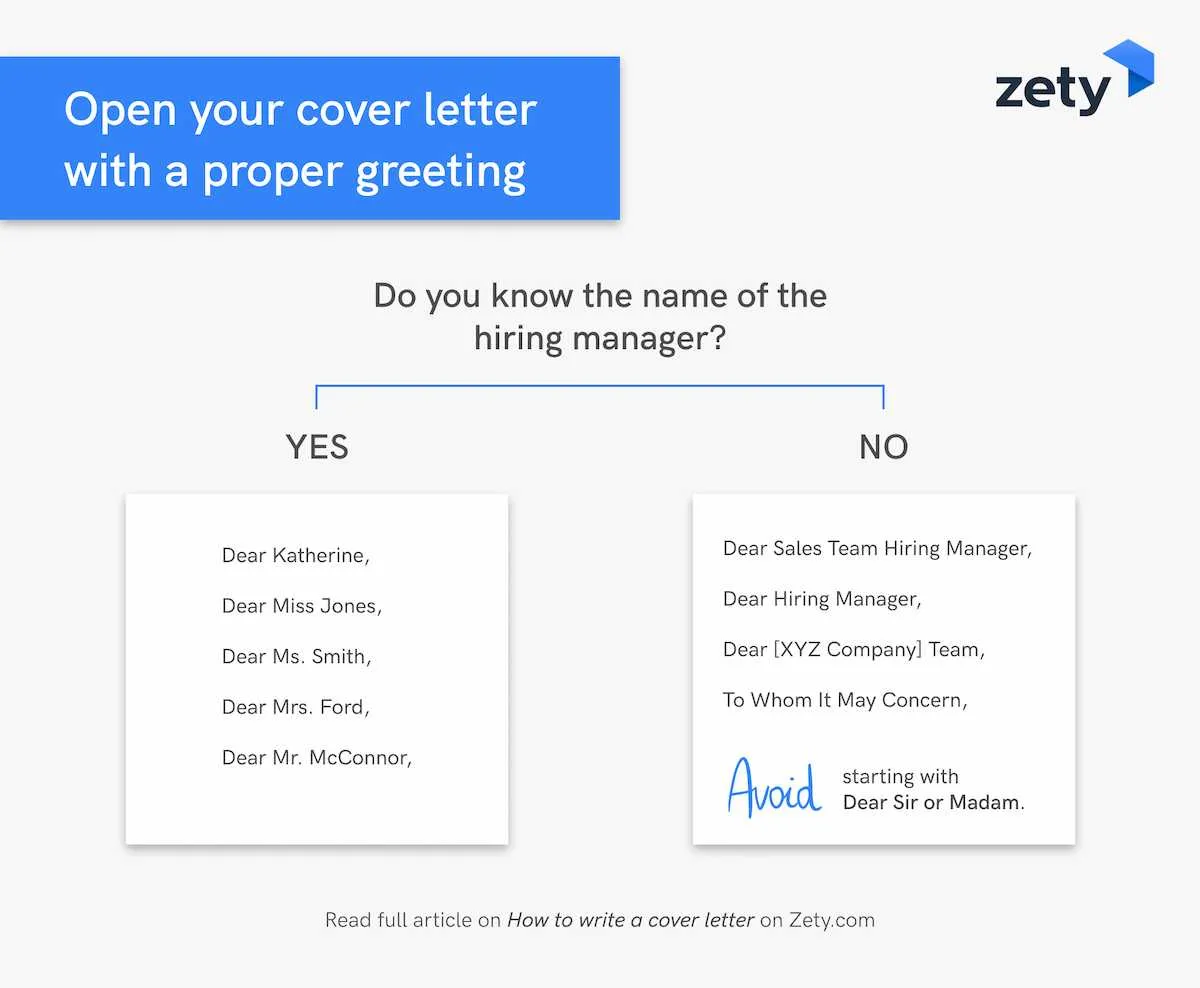
LinkedIn is an invaluable tool for uncovering the correct person to address in your cover letter. Search for the company and explore the “People” section. Filter by the department you are applying to, such as Human Resources or the specific department. Look for people with titles like “Recruiter,” “Hiring Manager,” “Talent Acquisition Specialist,” or similar roles. When you find a potential contact, review their profile to confirm their responsibilities. If the company website doesn’t provide a specific name, LinkedIn can be an excellent resource to find it. You can also try contacting the company directly. If the job posting does not specify a contact, you can try contacting the company’s general HR department. A brief email or phone call can quickly provide the information you need.
When You Can’t Find a Specific Person
Even with diligent research, there will be times when you can’t find the specific name of the hiring manager. Don’t worry, there are still ways to address your cover letter effectively. Avoid the generic “To Whom It May Concern” at all costs. It’s impersonal and can leave a negative impression. Instead, use more engaging alternatives that show you have put in the effort to find the information you could.
Alternatives to “To Whom It May Concern”
If you can’t find a specific person’s name, consider using a job title. Phrases like “Dear Hiring Manager,” “Dear [Department Name] Team,” or “Dear Recruitment Team” are all much better options than “To Whom It May Concern.” These alternatives are more professional and demonstrate that you’ve made an effort. Another option is to use a general greeting like “Dear [Company Name] Team.” This shows that you have researched the company and are genuinely interested in working there. If you know the name of the department head or the team lead, use their name. When in doubt, always prioritize a professional and respectful tone. The goal is to show that you are a serious candidate.
Using Job Titles Instead of Names
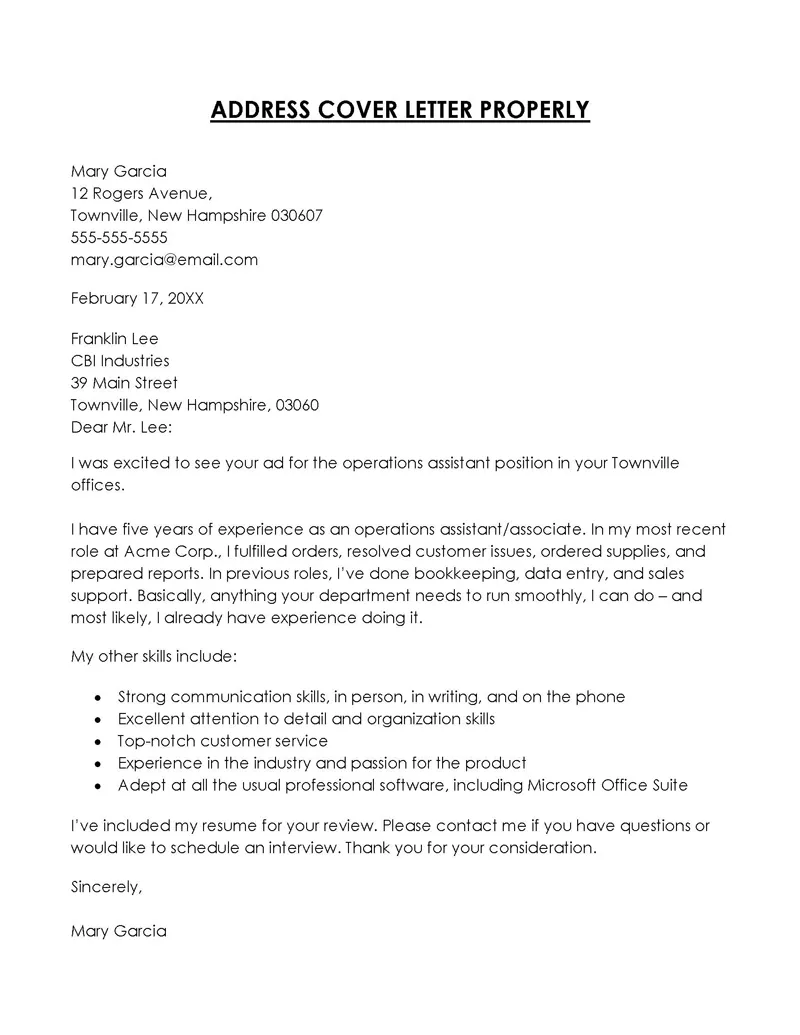
Using a job title can be a smart choice when you can’t find a specific name. Address your cover letter to “Dear Hiring Manager” or “Dear Recruitment Team” if you know the hiring process involves a team of people. This is a great way to address your cover letter professionally without being impersonal. It shows that you are addressing the right people, even if you don’t have a specific name. Another option is to use the title of the person who will most likely be reviewing your application, such as “Dear [Department] Manager.” If you know the name of the department head, using their name is preferable. Use the job title of the person who is most likely to be reviewing your application. This strategy strikes a balance between personalization and pragmatism. Always double-check the job title.
Formatting Your Cover Letter Address
Proper formatting is crucial for making a positive impression with your cover letter address. It demonstrates your attention to detail and professionalism. The format should be clean, concise, and easy to read. The address block, which usually comes at the top left of your cover letter, should include your name and contact information. This information should be properly formatted and easily accessible. Your name, address, phone number, and email address should be listed clearly. Below your contact information, on the right side, add the date, and below the date, the recipient’s name, title, and company address. Ensure the recipient’s name, title, and company address are correct and accurate.
The Salutation and Closing
Choose a professional salutation that reflects your research and knowledge of the company. “Dear Mr./Ms./Mx. [Last Name]” is a safe and respectful choice, when you know the recipient’s name. If you’re unsure about their gender or preferred title, “Dear [First Name] [Last Name]” or simply “Dear Hiring Manager” are also acceptable. The closing of your cover letter should be just as professional as the salutation. Use a closing such as “Sincerely,” “Best regards,” or “Respectfully.” Following the closing, leave a few lines for your signature. When you are sending your cover letter digitally, you can simply type your name. After that, add your typed name. This reinforces your professionalism and leaves a positive final impression on the hiring manager.
Formatting Tips for Professionalism
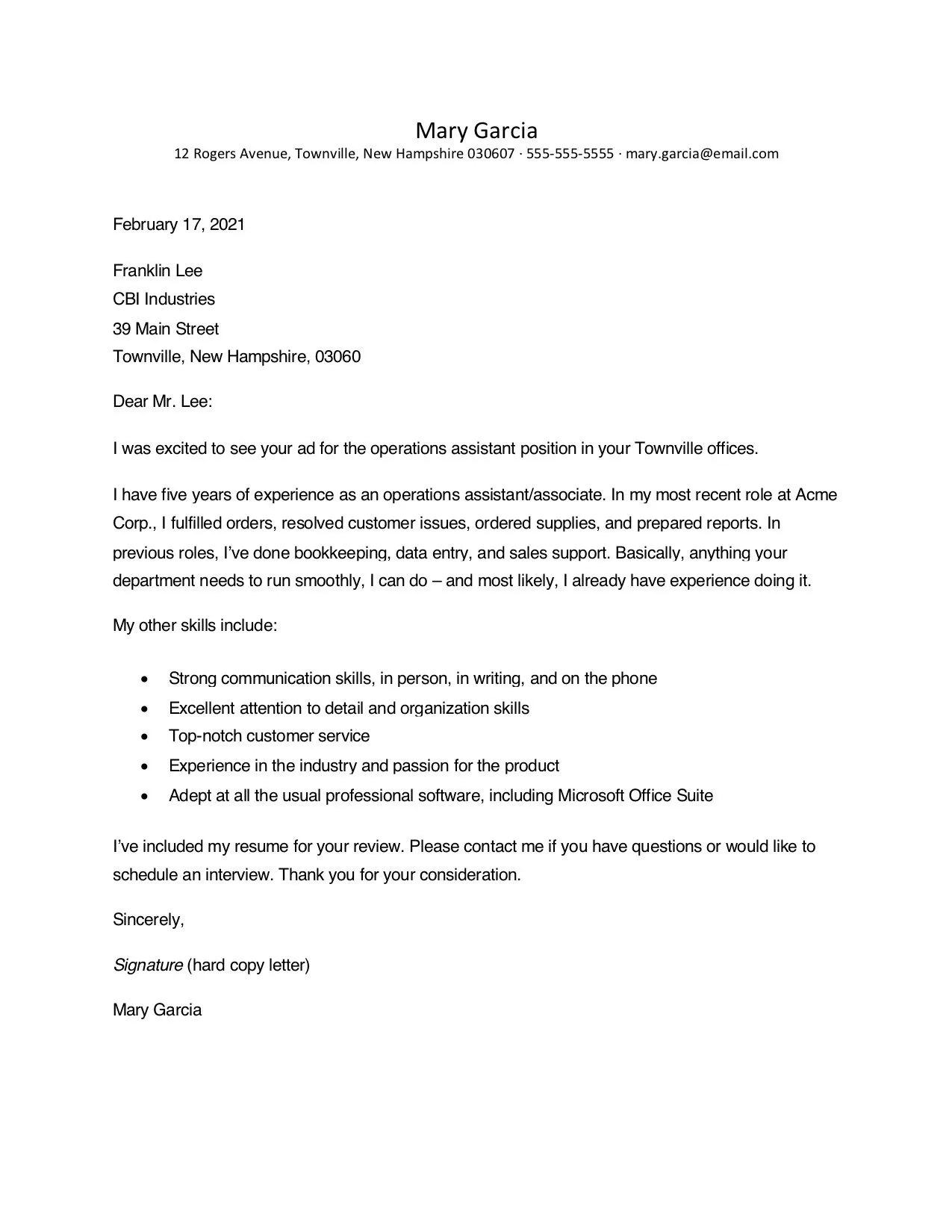
Maintain a professional and readable format throughout your cover letter. Use a standard font like Times New Roman, Arial, or Calibri, and make sure the font size is between 10 and 12 points. Ensure proper spacing between paragraphs, and use clear headings and bullet points to organize your content. Proofread your cover letter carefully for any errors in grammar, spelling, or punctuation. Use a professional-looking font and ensure consistent formatting. Pay attention to the overall layout and structure of your cover letter. Make sure it’s easy to read, with ample white space and a clear flow. A well-formatted cover letter demonstrates your attention to detail and professionalism.
The Impact of a Well-Addressed Cover Letter
A well-addressed cover letter can have a significant impact on your job application. It demonstrates professionalism, attention to detail, and genuine interest in the specific opportunity. Addressing the hiring manager by name establishes an immediate connection. It makes your application feel personal and shows you’ve put in the effort to learn about the company. Addressing your cover letter properly shows you are serious about the job and have taken the time to personalize your application. These subtle details can significantly increase your chances of getting your application noticed and moving forward in the hiring process.
Making a Positive First Impression
Your cover letter is your first opportunity to make a positive impression on a potential employer. A well-addressed cover letter shows you are serious about the opportunity. When you take the time to find the right person to address, it shows the hiring manager you’ve put in the effort. This immediately distinguishes your application from those that use generic greetings. A personalized approach makes your application more memorable and can lead to a more positive response. Making a positive first impression is crucial in a competitive job market. It’s your chance to highlight your enthusiasm and make an immediate impact on the hiring manager. A well-addressed cover letter sets the tone for a positive interaction and a favorable first impression.
Demonstrating Attention to Detail
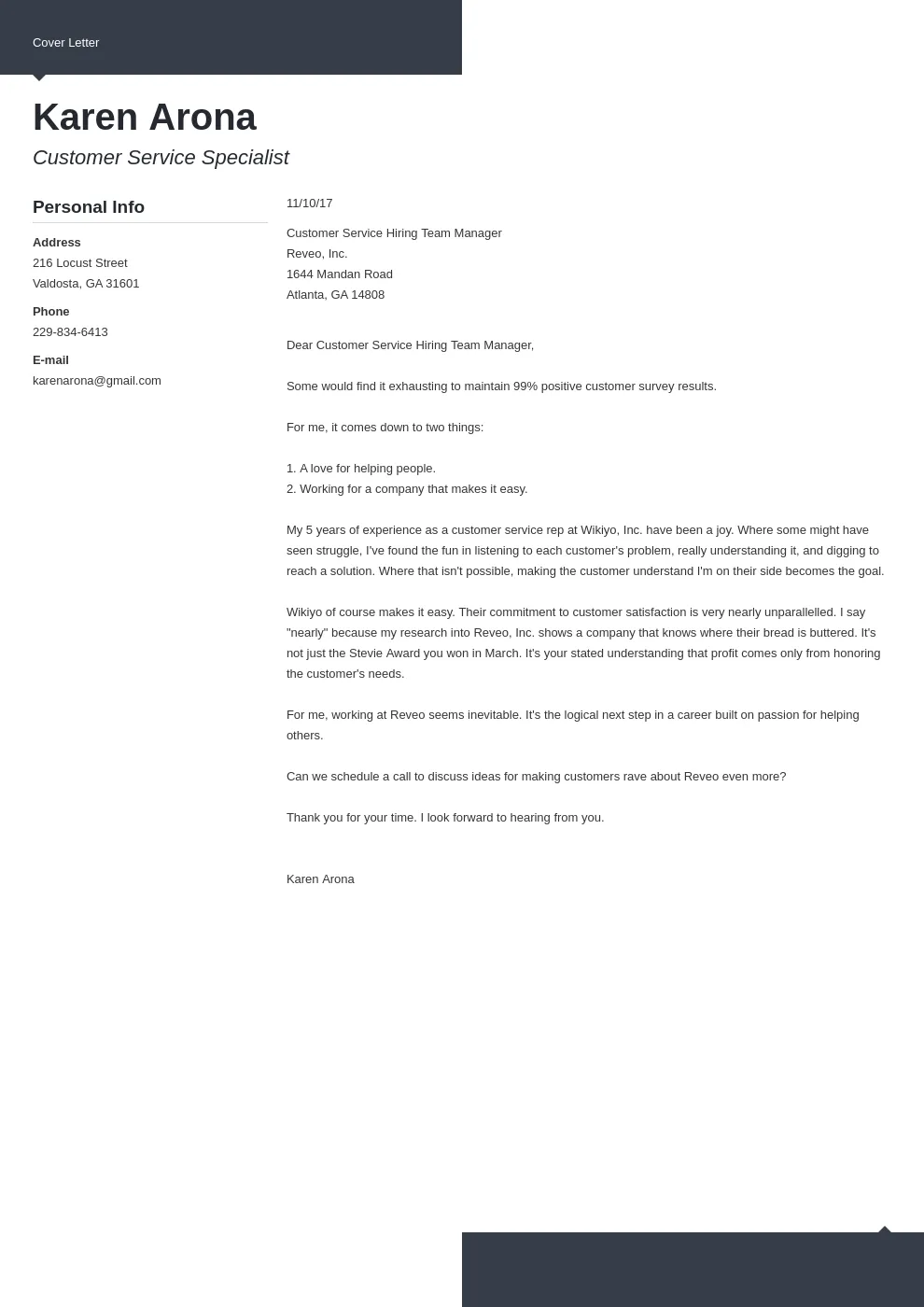
Addressing your cover letter correctly showcases your attention to detail, a crucial skill in any professional environment. Misspelling names, using incorrect titles, or failing to update your cover letter for each job can send the wrong message. It suggests a lack of care and attention, which may cause your application to be overlooked. The hiring manager is always looking for candidates who are thorough and meticulous. Your ability to find the right person’s name, verify their title, and spell it correctly can be very impressive. Showing attention to detail can set you apart from other applicants. Always proofread your cover letter for any errors in spelling, grammar, or formatting. This can prevent errors that can negatively impact your application.
